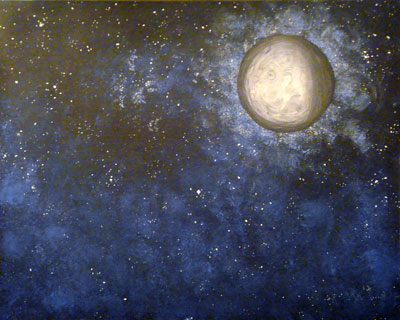All Nonfiction
- Bullying
- Books
- Academic
- Author Interviews
- Celebrity interviews
- College Articles
- College Essays
- Educator of the Year
- Heroes
- Interviews
- Memoir
- Personal Experience
- Sports
- Travel & Culture
All Opinions
- Bullying
- Current Events / Politics
- Discrimination
- Drugs / Alcohol / Smoking
- Entertainment / Celebrities
- Environment
- Love / Relationships
- Movies / Music / TV
- Pop Culture / Trends
- School / College
- Social Issues / Civics
- Spirituality / Religion
- Sports / Hobbies
All Hot Topics
- Bullying
- Community Service
- Environment
- Health
- Letters to the Editor
- Pride & Prejudice
- What Matters
- Back
Summer Guide
- Program Links
- Program Reviews
- Back
College Guide
- College Links
- College Reviews
- College Essays
- College Articles
- Back
George and the Blue Moon Review MAG
For someone so famous, I expected Stephen Hawking to have written a better book. George and the Blue Moon is a book with alternating sections of fiction and nonfiction written by Stephen Hawking and his wife, Lucy.
The fiction section follows two friends, George and Annie. Annie’s dad is a scientist who works for a suspiciously vague government organization. The book is written in present day or possibly the near future. One of the major weaknesses of this book is that it is too unbelievable for this century. For example, the scientist father has a computer with a space portal. The computer is seemingly magical with endless computation powers. The far-fetched computer makes the whole book too unbelievable. This fact made it difficult for me to engage; there are too many glaring impossibilities. On the positive side, I can see this book appealing to a younger audience who might believe in magical technology.
Each nonfiction chapter is followed by a fiction section. The non-fiction sections are written by a range of scientists with interesting information that correlates to the plot. These sections provide mediocre information about everything from space to sea life. I didn’t learn anything, but it is a nice method to possibly engage a younger audience in a variety of science fields.
For a teenager, the characters seem a little too flat and therefore can’t be fully appreciated. The boy-girl friendship doesn’t have much conflict; they are just good friends. Annie’s relationship with her dad is also light. Bottom line, the characters were enjoyable but boring.
The story does flow well. If you ignore all the impossible technology and don’t need complex characters, it’s a fun read. George and the Blue Moon has a climax where the kids have to fight robots in space. The resolution is predictable. True to this genre, the kids can’t tell anyone of their amazing adventure and go back to pretending everything is normal.
The book didn’t have a big impact on me. Perhaps if I had started the series in middle school, it might have been more enjoyable. George and the Blue Moon is a good book, but I suppose teenagers just aren’t its intended audience.

Similar Articles
JOIN THE DISCUSSION
This article has 0 comments.
